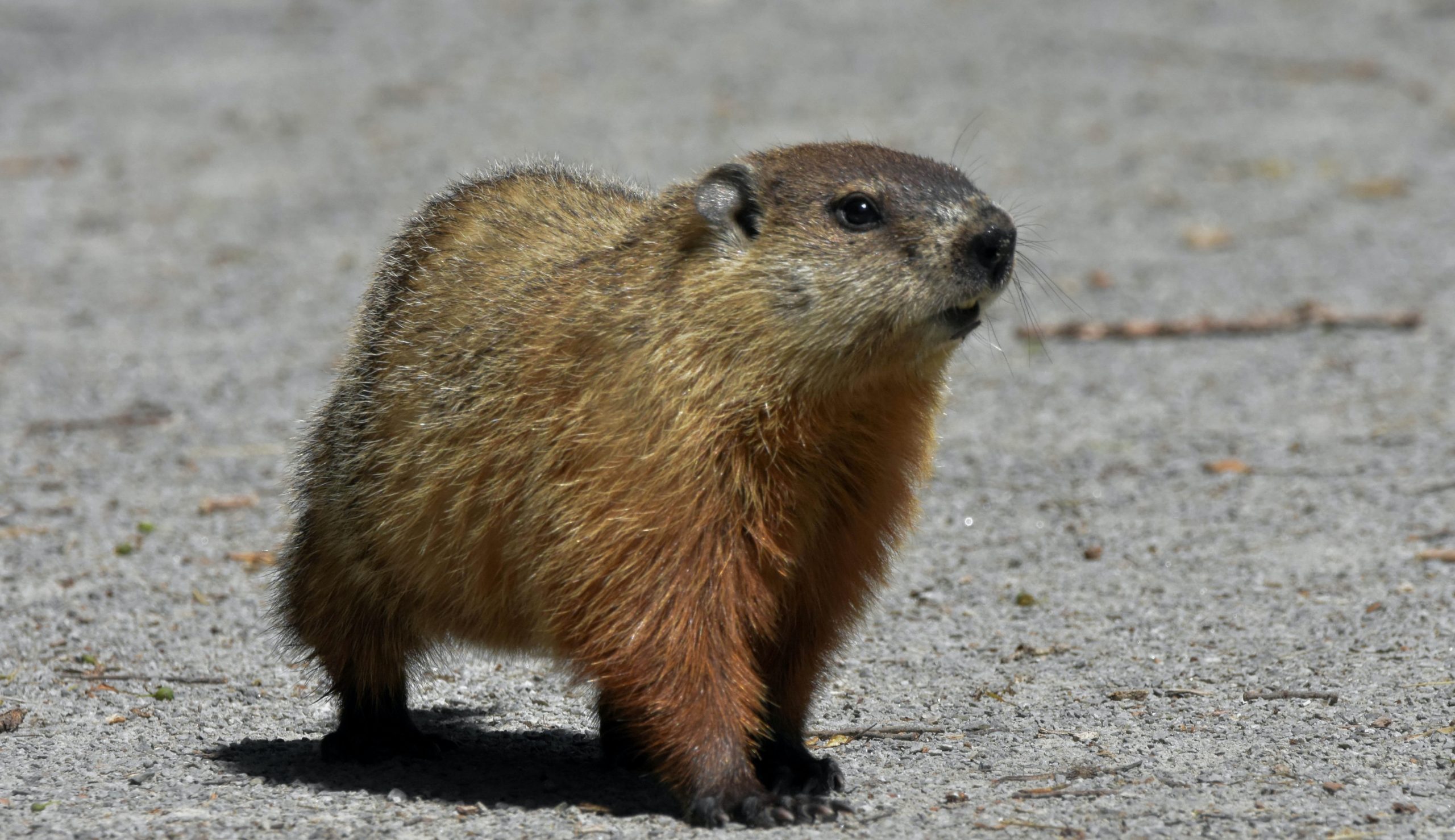
Common Traps & Deterrent Methods
Live traps are often used for dealing with groundhog infestations. They have either one or two doors and should be placed 5 to 10 feet from the entrance of woodchuck burrows Vegetables such as carrots, celery, lettuce, peas, or beans make excellent baits. For traps with one door, bait is placed as far inside as possible, while bait is placed in the middle of traps with two doors. Deterrents like motion-activated lights, sprinkler systems, and fences are also helpful tools for preventing groundhog activity.
Problems with Groundhog Traps
Groundhog traps and deterrents must be utilized very particularly in order to be effective, which makes them unreliable for most property owners. For example, the placement of live traps is essential to their usefulness. Fences are not always helpful, either, as they must be the appropriate height to stop the pests from climbing over into yards. Finally, the chemicals used in some control products are dangerous for the environment, as well as pets and young children.
Control & Removal
Once infestations have been identified, it is essential to eradicate groundhogs before they cause damage to homes, gardens, and yards. The best way to remove woodchucks from private properties is to contact a wildlife control expert. The professionals at Critter Control are trained in both groundhog removal and prevention techniques. They are also familiar with local and regional regulations regarding the capture and relocation of groundhogs.